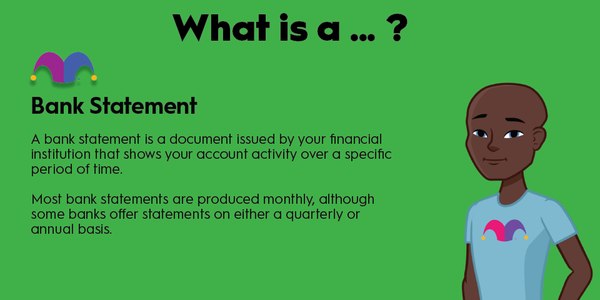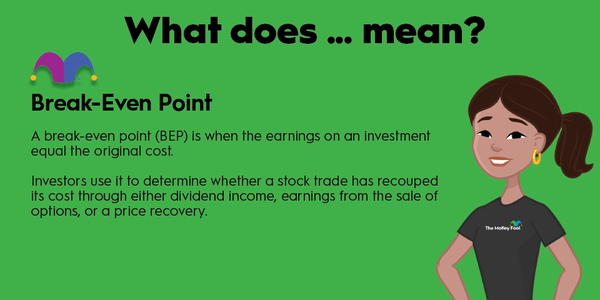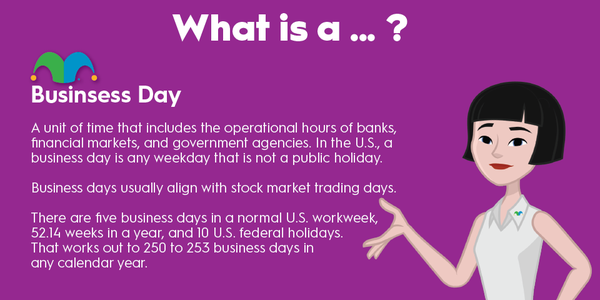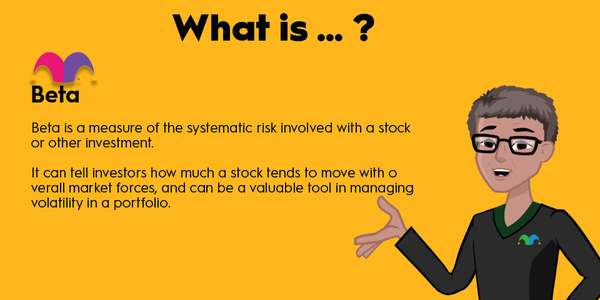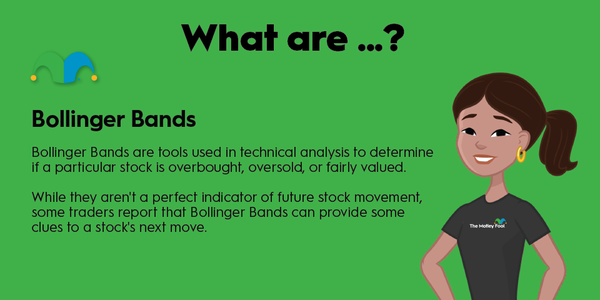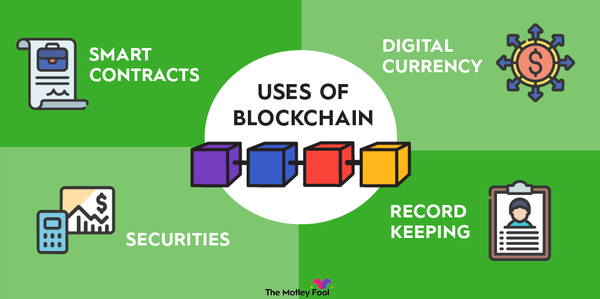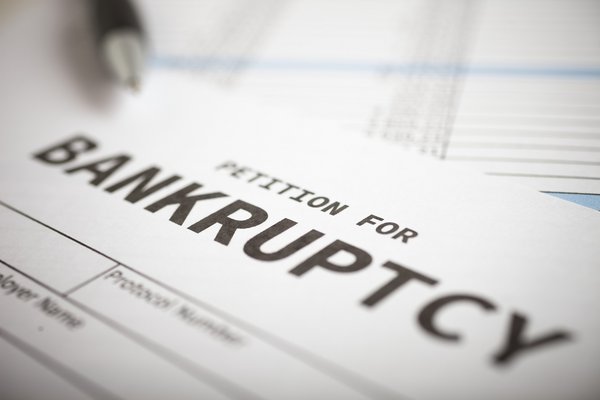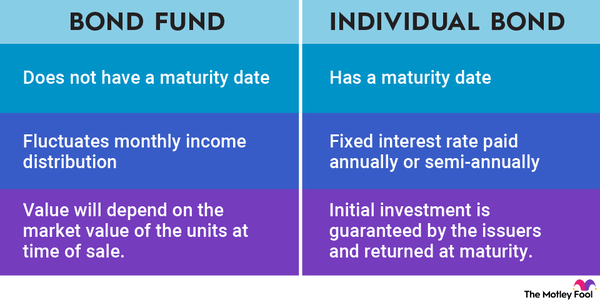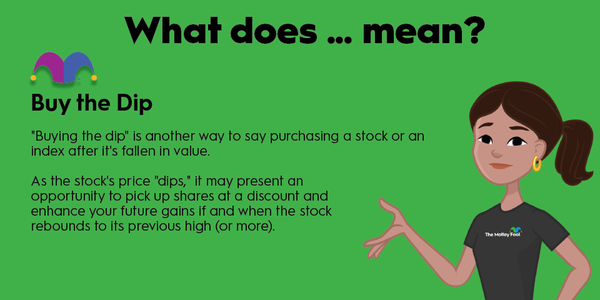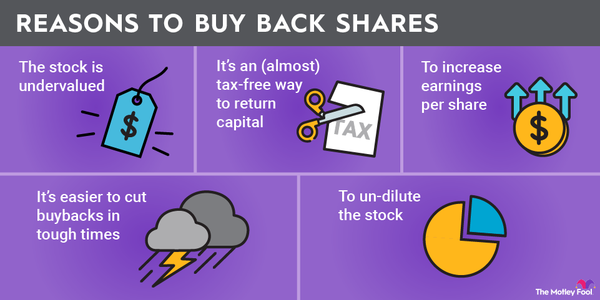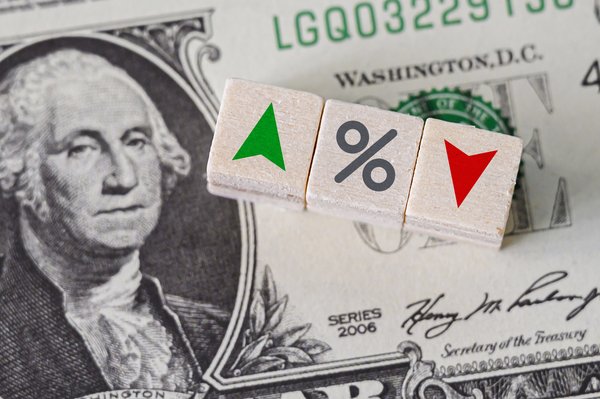Technically speaking, a bear market rally is a brief recovery in a down market that's usually defined by an increase of 5% to 10% in stock prices. Figuring out the difference between a bear market rally and the beginning of a bull market, however, requires a very clear crystal ball.

What is a bear market rally?
What is a bear market rally?
A bear market is defined as a decline of more than 20% from the high in investment prices. The decline, however, isn't always a straight plunge; there are peaks, and there are valleys. Understanding the difference between a bear market rally -- when prices shoot up 5% to 10% -- and a bear market recovery isn't always apparent.
If a bear market is a good opportunity to purchase undervalued assets in hopes that they'll recover, it doesn't necessarily follow that a bear market rally is the right time to sell. Wise investors know that what goes up can come back down, often faster and harder. The only time-tested strategy for dealing with a bear market rally is patience.
Understanding bear market rallies
Understanding bear market rallies
How do you know you're in a bear market rally -- also known as a bear trap or a dead cat bounce -- as opposed to the beginning of a bull market? Usually, you don't. Investment professionals, however, share a few ideas about the characteristics of a bear market rally:
- At least 90% of common stocks on the New York Stock Exchange (NYSE) trade above their 10-day moving averages;
- Over a 10-day period, twice as many NYSE stocks are advancing rather than declining; and
- At least 55% of stocks on the NYSE hit new highs over a 20-day period.
Even with those criteria, though, investment professionals often disagree over whether the financial world is enjoying the beginning of a bull market or just a brief respite from a prolonged bear market. Roughly 60% of chief investment officers, equity strategists, portfolio managers, and money managers surveyed in September 2023 by CNBC thought stocks were simply enjoying a bear market rally. But almost 40% were optimistic and said recent gains were a sign of a new bull market.
Example
Bear market rally example
The most recent example of a bear rally occurred during the 2022 bear market, which lasted 10 months. The S&P 500 fell 25% from its peak, bottoming out in October 2022. It began to bounce back in 2023, climbing almost 20% between January and August.
Yet the year-to-date gain by October 2023 had fallen to only 7.2%. The anemic performance raised questions in late 2023 over what was actually happening. Was this a bear market rally or the beginning of a bull market?
Most indicators pointed to a strong recovery from high inflation. However, many economists continued to predict that a recession was just around the corner, primarily spurred by rising bond yields caused by the Federal Reserve Board’s interest rate hikes. Typically, higher bond yields cause investors to move money from equities into fixed-income opportunities.
The answer is fairly simple: No one can be 100% certain about the existence of a bear market rally or the beginning of a bull market until after the fact.
Related investing topics
Avoiding a bear trap
Avoiding a bear trap
As markets begin to emerge from a slump, it's tempting to unload shares if you think the rally is temporary. But first, you need to answer three questions:
- What's the state of the overall economy? Is it improving or worsening?
- Are consumers spending more or less money?
- How are corporate profits looking? Better? Worse?
Obviously, people will have different views on the state of the economy, and even experts can send out mixed signals. There's a reason why many people refer to "two-handed economists" because, on the one hand, some indicators might look promising; on the other hand, the economy might be tanking hard any moment.
If the economy is worsening, a market recovery is likely to be short-lived. If indicators are improving, you might be witnessing the beginning of a bull market. It's hard to tell sometimes, but the best approach is to be consistent with a long-term strategy that relies on dollar-cost averaging and consistent contributions to a diversified portfolio to smooth out any bumps on your way to financial security.
Trying to time the market is a fool's errand; a buy-and-hold strategy is a Foolish recommendation.


